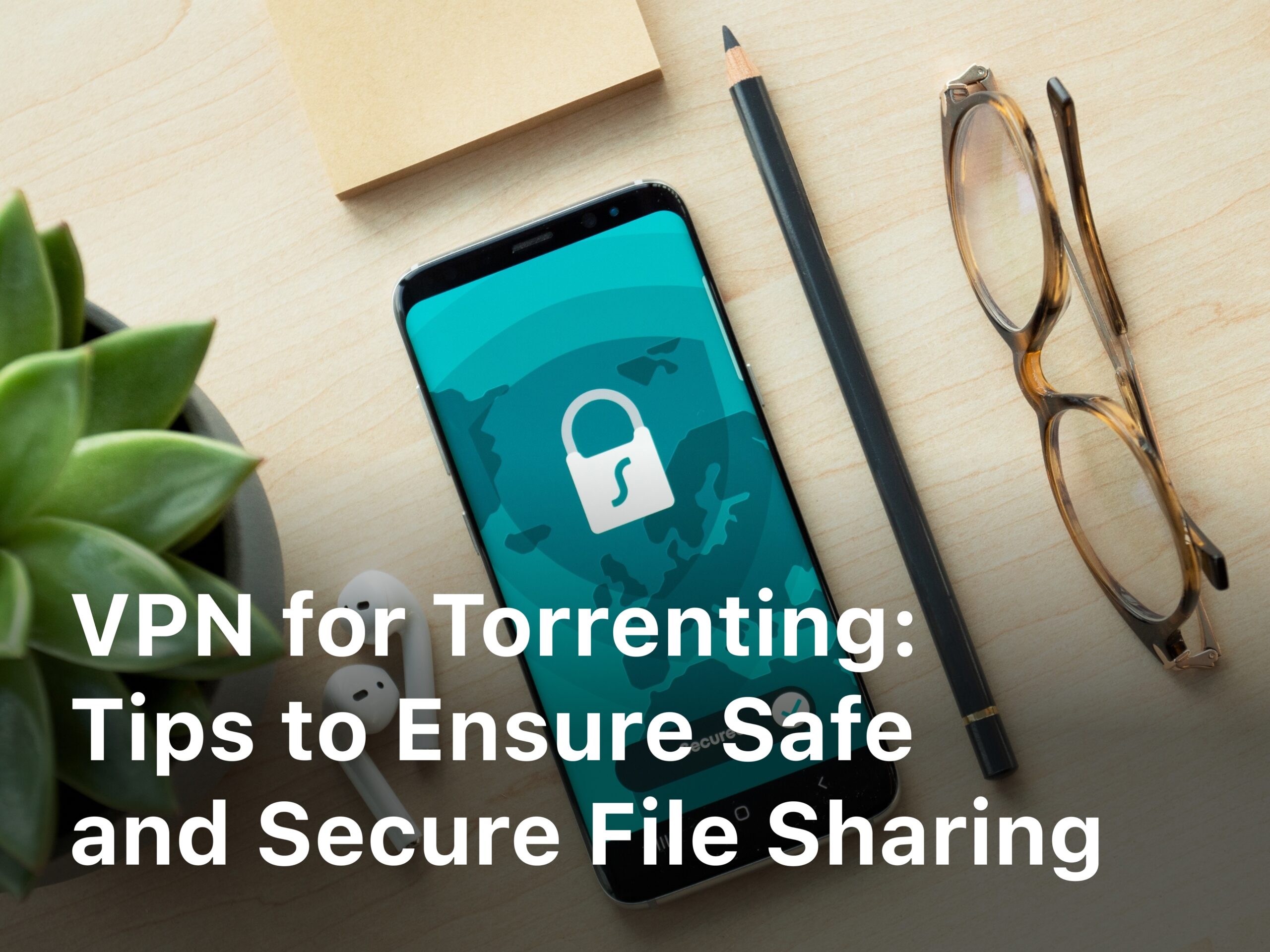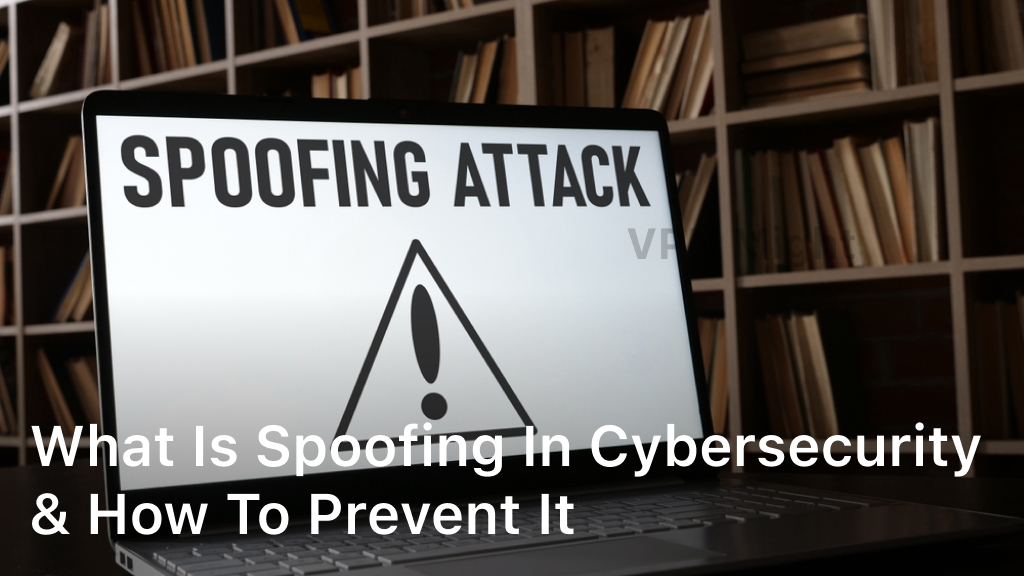How To Spot Paypal Phishing Scams
Welcome to our guide on how to spot PayPal phishing scams. In today’s digital age, staying safe online is more important than ever. Phishing scams continue to be a prevalent and dangerous threat, targeting unsuspecting individuals and their hard-earned money. Learning how to identify these scams is crucial to protecting yourself from fraud and preserving your online security.
Whether you’re a seasoned PayPal user or new to the platform, being able to recognize and avoid phishing scams is a skill everyone should possess. In this article, we will provide you with essential tips and insights to help you spot these scams, protecting yourself and your sensitive information.
From understanding PayPal security features to identifying phishing emails and recognizing fraudulent websites, we’ll cover it all. By the end of this guide, you’ll be equipped with the knowledge and tools to keep yourself safe from PayPal phishing scams.
So, let’s dive in and empower you to navigate the online world with confidence. Discover the red flags, learn the warning signs, and stay one step ahead of scammers trying to deceive you. Together, we’ll ensure that your personal and financial information remains secure.

Understanding PayPal Security
Before we delve into the various ways to spot and avoid PayPal phishing scams, it’s crucial to have a solid understanding of the security measures that PayPal has in place. By familiarizing yourself with these security features and learning how to identify legitimate emails from PayPal, you can protect yourself from fraudulent activities and ensure the safety of your personal information.
PayPal is committed to maintaining the highest standards of security to safeguard its users’ accounts and transactions. Here are some essential PayPal security tips to keep in mind:
- Enable Two-Factor Authentication: By enabling two-factor authentication, you add an extra layer of security to your PayPal account. This feature requires you to provide a second verification method, such as a unique code sent to your mobile device, in addition to your password.
- Set Up Transaction Notifications: PayPal allows you to receive alerts whenever a transaction is made from your account. This helps you stay informed about any unauthorized activity and take immediate action if necessary.
- Regularly Check Account Activity: Make it a habit to review your PayPal account activity frequently. Look out for any unfamiliar transactions or suspicious logins, and report them to PayPal immediately.
- Keep Software Up to Date: Ensure that the devices you use for PayPal transactions, such as your computer or mobile device, have the latest security updates and patches installed. This helps protect against malware and other security threats.
- Be Cautious of Phishing Emails: Phishing emails are one of the most common methods used to trick PayPal users into disclosing their personal information. We will discuss how to identify these emails in detail in the next section.
Recognizing Legitimate Emails from PayPal
One of the tactics employed by scammers is sending phishing emails that appear to be from PayPal. These emails typically urge you to provide sensitive information or take immediate action to resolve a supposed issue with your account. To protect yourself from falling victim to these scams, keep the following points in mind:
- Check the Sender’s Email Address: Genuine PayPal emails will always come from an official PayPal domain, such as ‘service@paypal.com.’ Be wary of emails that are sent from suspicious or uncommon email addresses.
- Look for Personalization: PayPal emails addressed to you personally, using your registered name, are generally legitimate. Phishing emails often use generic greetings like “Dear Customer” instead.
- Avoid Clicking on Suspicious Links: If an email instructs you to click on a link to update your account information or resolve an issue, avoid clicking directly. Instead, manually type ‘paypal.com’ into your browser and log in to your account to address any concerns.
- Examine the Content and Language: Pay close attention to the quality of the email’s content. Phishing emails often contain spelling mistakes, grammatical errors, or inconsistent formatting.
By understanding PayPal’s security features and learning to distinguish genuine emails from phishing attempts, you can significantly reduce the risk of falling victim to PayPal fraud. In the next section, we will explore common signs of phishing emails in more detail, equipping you with the knowledge to identify and avoid them.
Identifying Phishing Emails
Phishing emails are designed to deceive and trick users into revealing their personal information or login credentials. These fraudulent emails often impersonate legitimate companies, such as PayPal, in an attempt to gain your trust. However, there are several telltale signs that can help you identify phishing emails and protect yourself from falling victim to these scams.
1. Suspicious Sender Information
Pay close attention to the sender’s email address. Phishing emails often use email addresses that mimic the name of a legitimate company but may have slight variations or misspellings. For instance, instead of “@paypal.com,” the email address might be something like “@paypall.com” or “@paypal-support.com.” These subtle deviations can be a major red flag for a phishing attempt.
2. Generic Greetings and Urgency
Phishing emails commonly use generic greetings, such as “Dear Customer” or “Hello User,” instead of addressing you by your name. They may also create a sense of urgency to pressure you into taking immediate action. Be cautious if you receive an email claiming that your account will be suspended or closed unless you provide your personal information or verify your account details immediately.
3. Poor Grammar and Spelling Mistakes
Many phishing emails originate from non-native English speakers or automated systems, resulting in poor grammar and spelling mistakes. Pay attention to any noticeable errors in the email’s content. Legitimate companies generally proofread their communications thoroughly before sending them out, so errors can indicate that the email is not genuine.
4. Suspicious URLs and Links
Always double-check the URLs and links contained within an email. Hover your cursor over the link without clicking on it to see the actual web address. Phishing emails often contain deceptive hyperlinks that may direct you to fake login pages or malicious websites. Legitimate PayPal emails will never ask you to provide personal information directly through a link in the email.
5. Requests for Personal Information
Be cautious if an email asks you to provide personal information, such as your Social Security number, credit card details, or login credentials. Legitimate companies, including PayPal, will never request sensitive information via email. If in doubt, navigate directly to the official website of the company and log in to your account to verify any requests or notifications.
By being vigilant and taking note of these common signs, you can spot phishing emails and protect yourself from online scams. Remember to report any suspicious emails to the legitimate company, such as PayPal, to help protect others from falling victim to phishing attempts.
Recognizing Fraudulent Websites
Phishing scams have become increasingly sophisticated, often using deceptive tactics to lure victims to fraudulent websites that closely mimic the legitimate PayPal site. It’s crucial to be able to distinguish between these scam websites and the real PayPal site in order to protect yourself from falling victim to phishing attacks.
Signs of a Fraudulent Website:
- URL: Pay close attention to the website’s URL. Fraudulent websites may have slight variations in the domain name or use incorrect spellings.
- Design: Look for inconsistencies in the design and layout of the website. Phishing sites may have poor quality graphics, spelling errors, or outdated logos.
- Contact Information: Legitimate websites, like PayPal, will provide clear contact information. If the website lacks a contact page or has incomplete or fake contact details, it may be a scam.
- SSL Certificate: Check for the padlock icon or “https” in the website’s URL. This indicates that the site has a valid SSL certificate, ensuring secure data transmission.
- Login Page: Fraudulent websites often attempt to trick users into entering their login credentials. Be cautious if the website’s login page looks different from the official PayPal login page or asks for additional personal information.
By being vigilant and familiarizing yourself with these warning signs, you can reduce the risk of falling victim to PayPal phishing scams. Remember, PayPal will never ask you to provide sensitive information via email or redirect you to unfamiliar websites. When in doubt, open a new browser window and manually type the PayPal website address to ensure you’re accessing the legitimate site.
Tips to Avoid PayPal Phishing Scams
As PayPal phishing scams become increasingly sophisticated, it is crucial to stay vigilant and take proactive steps to protect yourself. By following these tips, you can minimize the risk of falling victim to PayPal phishing scams and keep your personal information safe.
- Double-check email senders: Before clicking on any links or providing any personal information, always verify the sender’s email address. Legitimate PayPal emails will come from addresses ending in “@paypal.com”. If you receive an email from a suspicious address, do not interact with it and report it to PayPal.
- Avoid clicking on links directly: Instead of clicking on links within emails, manually enter the PayPal website address (www.paypal.com) into your browser or use a trusted bookmark. This way, you can ensure that you are visiting the genuine PayPal site and not a phishing page.
- Beware of urgent requests for personal information: Phishing scams often rely on urgency to trick victims into providing their personal information. Be cautious of emails claiming that your PayPal account will be suspended or closed unless you provide immediate information. PayPal will never ask you to update personal details via email.
- Enable two-factor authentication (2FA): To add an extra layer of security to your PayPal account, enable 2FA. This will require an additional verification step, such as a unique code sent to your mobile device, when logging in or making transactions.
- Monitor your account regularly: Regularly review your PayPal account activity to spot any unauthorized transactions or suspicious activities. If you notice anything unusual, report it to PayPal immediately.
- Keep your devices up to date: Ensure that your computer, smartphone, and other devices are running the latest software updates and have up-to-date antivirus software installed. This helps protect against malware and phishing attempts.
- Educate yourself and spread awareness: Stay informed about the latest phishing techniques and scams. Share your knowledge with friends and family to help them stay safe from PayPal phishing attempts as well.
By implementing these tips and staying cautious online, you can significantly reduce the chances of falling prey to PayPal phishing scams. Remember, your online security is in your hands.
Conclusion
To protect yourself from fraud, it is crucial to be able to spot PayPal phishing scams. By understanding PayPal’s security measures and following our tips, you can minimize the risk of falling victim to these scams.
When it comes to identifying phishing emails, lookout for red flags such as generic greetings, spelling and grammatical errors, and suspicious links or attachments. Remember, PayPal will never ask you to provide sensitive information via email.
In addition, beware of fraudulent websites that mimic the official PayPal site. Always check the URL for “https” and verify the website’s security certificate. Legitimate PayPal pages will have a lock icon in the browser’s address bar.
By staying vigilant and following these guidelines, you can safeguard your personal information and ensure your online safety. Remember, keeping yourself informed and educated is the best defense against PayPal phishing scams.
FAQ
How do I spot PayPal phishing scams?
To spot PayPal phishing scams, look out for suspicious emails or messages that request sensitive information or prompt you to click on suspicious links. Always double-check the sender’s email address and domain, as scammers often use email addresses that mimic PayPal’s official email addresses. Additionally, be cautious of emails that use urgent language or threaten account suspension if you don’t take immediate action.
What are some PayPal security tips to protect myself from fraud?
To enhance your PayPal security, follow these tips: 1. Enable two-factor authentication to provide an extra layer of protection. 2. Regularly review your PayPal account activity and report any unauthorized transactions. 3. Keep your device’s operating system and antivirus software up to date to prevent malware attacks. 4. Avoid using public Wi-Fi or unsecured networks when accessing your PayPal account. 5. Set up notifications to receive alerts for any changes made to your account.
How can I identify PayPal phishing emails?
To identify PayPal phishing emails, watch out for: 1. Generic greetings instead of personalized ones. 2. Misspelled words, poor grammar, or formatting errors. 3. Suspicious URLs or links that redirect you to unfamiliar websites. 4. Requests for personal information or login credentials. 5. Emails that create a sense of urgency or threaten negative consequences for not taking action.
How can I recognize fraudulent PayPal websites?
Here are some ways to recognize fraudulent PayPal websites: 1. Check the website’s URL (web address) to ensure it starts with “https://” and has a padlock symbol, indicating a secure connection. 2. Look for spelling or grammatical errors on the website. 3. Verify the website’s SSL certificate, which authenticates the website’s identity and encryption. 4. Compare the design and layout of the website with PayPal’s official website. Differences may indicate a scam. 5. Be cautious of websites that ask for unnecessary personal information or payment details.
What are some tips to avoid PayPal phishing scams?
To avoid PayPal phishing scams, consider these tips: 1. Be cautious of unsolicited emails or messages asking for personal or financial information. 2. Only access your PayPal account through the official PayPal website or mobile app. 3. Educate yourself about common phishing techniques and stay informed about current scams. 4. Use strong and unique passwords for your PayPal account. 5. Regularly monitor your PayPal account for any suspicious activity and report it immediately.




